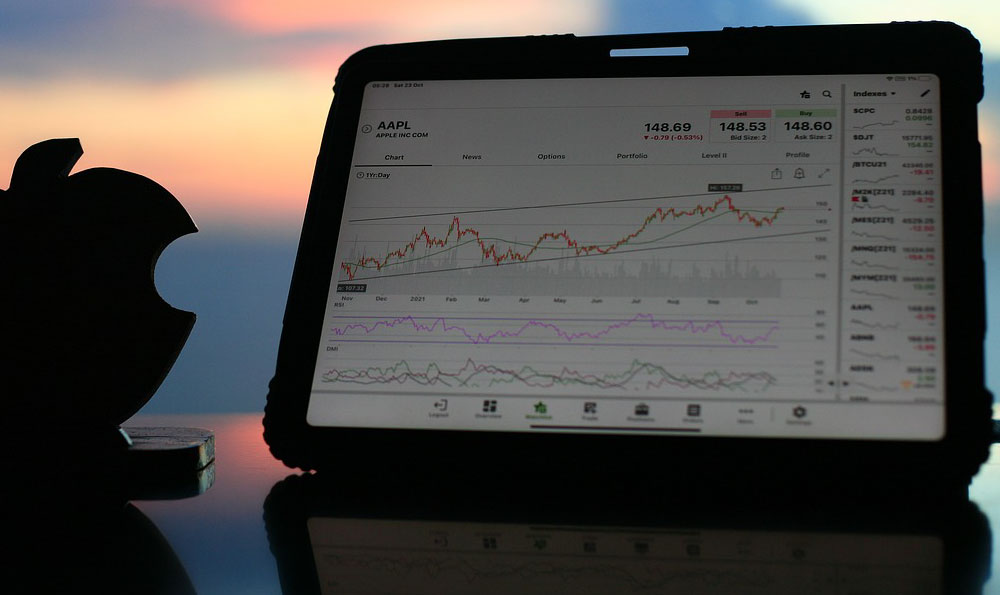How to Make Money with Your App: 5 Proven Strategies to Earn Income Online
In the digital age, the ability to monetize an application has become one of the most accessible and lucrative opportunities for individuals and businesses alike. Whether you're an aspiring software developer, a startup founder, or a tech-savvy entrepreneur, understanding the nuances of income generation through apps is crucial to navigating the competitive landscape effectively. This requires not only creativity in product design but also a strategic mindset that aligns with market demands and user behavior. The key lies in identifying scalable models that offer both short-term returns and long-term growth potential while maintaining a disciplined approach to risk management.
A successful approach often begins with a deep understanding of your target audience and their willingness to pay. Users are more likely to subscribe to an app if it provides exclusive value, whether through premium content, enhanced features, or personalized services. The subscription model, for instance, thrives on creating a sense of community and continuity. By offering tiered plans that cater to different needs and budgets, you can maximize revenue without alienating potential users. Consider the case of productivity tools like Notion or Adobe, which have built sustainable businesses by combining subscription pricing with continuous innovation. However, the crux of this strategy is to ensure that the perceived value consistently exceeds the cost, which demands meticulous user engagement and regular updates to maintain relevance.
Monetizing through in-app purchases is another avenue that leverages user psychology effectively. This model is particularly suited to mobile gaming, entertainment, and utility apps where users can buy digital goods or services within the platform. The success of this approach hinges on designing intuitive purchasing mechanisms that align with natural user behavior. For example, in-game currency or cosmetic items often create a psychological incentive for users to spend, while subscription-based in-app features can offer additional layers of monetization. However, the challenge lies in balancing profitability with user satisfaction, as overly aggressive monetization can lead to backlash. An optimal strategy involves gradually introducing optional purchases that add real value, such as exclusive content or time-saving tools, while maintaining a clear distinction between necessary and discretionary features.

The freemium model combines elements of both subscription and in-app purchase strategies, offering a free version with limited features to attract users while generating revenue through premium upgrades. This hybrid approach allows for a broader user base to be established initially, creating a pathway for conversion as users explore the app's capabilities. A prime example is the mobile app ecosystem dominated by applications like Spotify or Tinder, which have successfully integrated freemium models with targeted marketing tactics. The effectiveness of this strategy relies heavily on the psychological principle of scarcity, where limited free access encourages users to upgrade for enhanced functionality. However, the critical aspect is to ensure that the free version is fully functional enough to demonstrate the app's value without undermining the premium offering's perceived exclusivity.
Monetizing through ads requires a delicate balance between user experience and ad placements. While in-app advertising can generate substantial income, especially in categories like gaming and social media, it's essential to integrate these elements seamlessly. Native ads that align with the app's content and user flow are less intrusive and more effective than traditional banners. For example, news aggregator apps often monetize through sponsored articles, which maintain the integrity of the content while generating revenue. However, the challenge is to avoid overwhelming users with excessive ads, which can lead to decreased engagement and higher churn rates. A successful approach involves using data analytics to determine optimal ad frequency and placement, ensuring that each ad contributes to the user's experience rather than detracting from it.
Beyond these traditional methods, there are alternative strategies that leverage emerging technologies and trends. Crowdsourcing and collaborative platforms can generate income through user contributions, while blockchain-based applications offer decentralized monetization models. Additionally, integrating affiliate marketing or referral programs can create passive income streams by incentivizing users to share the app with others. These approaches require a long-term vision, as their success depends on building a loyal user base and maintaining consistent engagement. For instance, apps that facilitate peer-to-peer transactions often benefit from network effects, where the value of the platform increases as more users join. This dynamic can create exponential growth potential, provided the app's core functionality is robust and the user experience is seamless.
To avoid pitfalls, it's essential to adopt a data-driven approach that includes both technical and market analysis. Launching a minimum viable product (MVP) allows for testing core features and monetization strategies before scaling. This iterative process ensures that the app meets user needs while optimizing for profitability. Additionally, continuous monitoring of user feedback and market trends is necessary to adapt to changing dynamics. For example, in the mobile app market, user preferences often shift rapidly, requiring regular updates to maintain competitive advantage. Implementing robust security measures and compliance protocols is equally critical, as any breach can lead to legal repercussions and loss of user trust.
The path to monetizing an app is not solely about generating revenue; it's about creating sustainable value that aligns with user needs and market opportunities. Success demands a blend of innovation, strategic planning, and disciplined execution, ensuring that the app's income model is both profitable and user-friendly. By exploring diverse monetization strategies, understanding user behavior, and maintaining a long-term vision, developers can unlock significant financial potential while contributing to the broader digital economy. Ultimately, the ability to adapt and evolve in response to market changes is the key to long-term profitability in the app development space.















